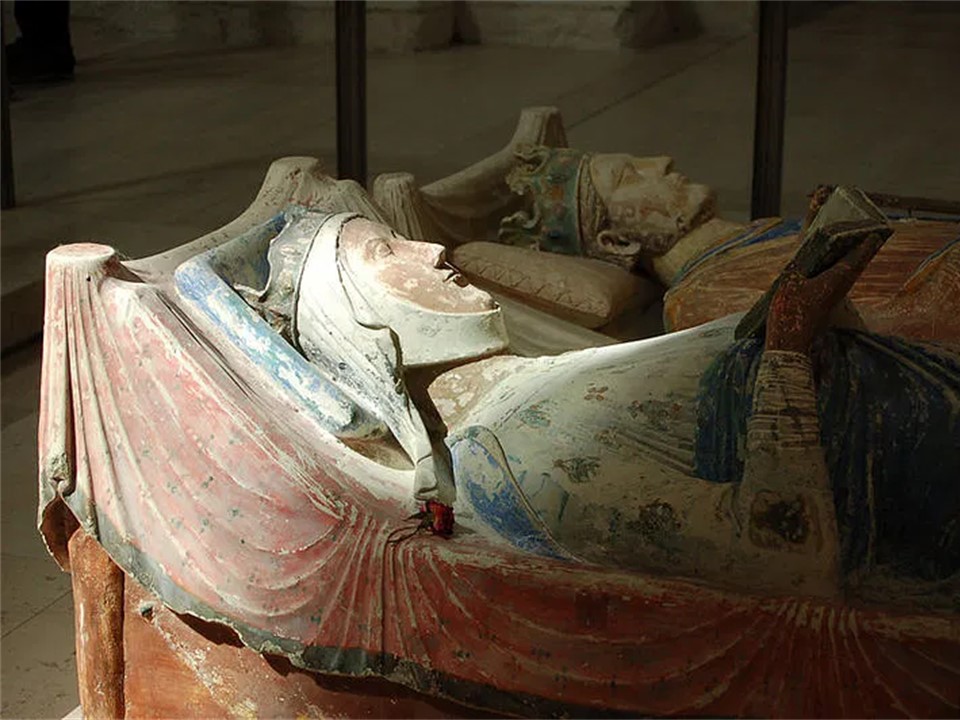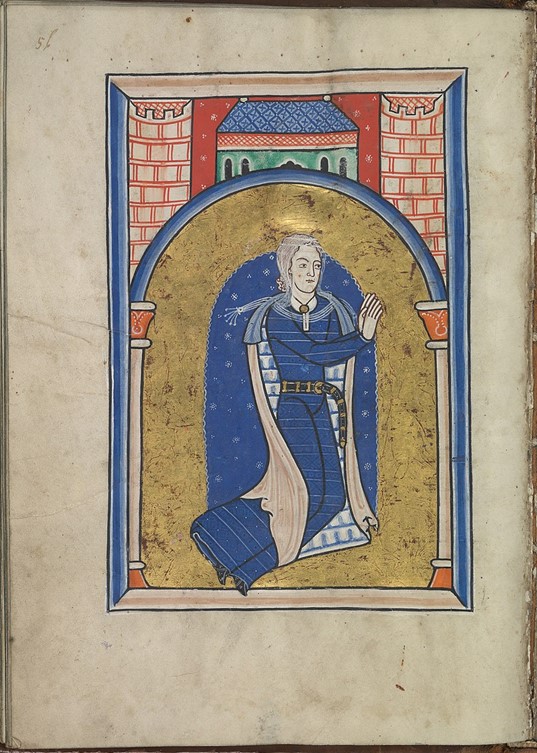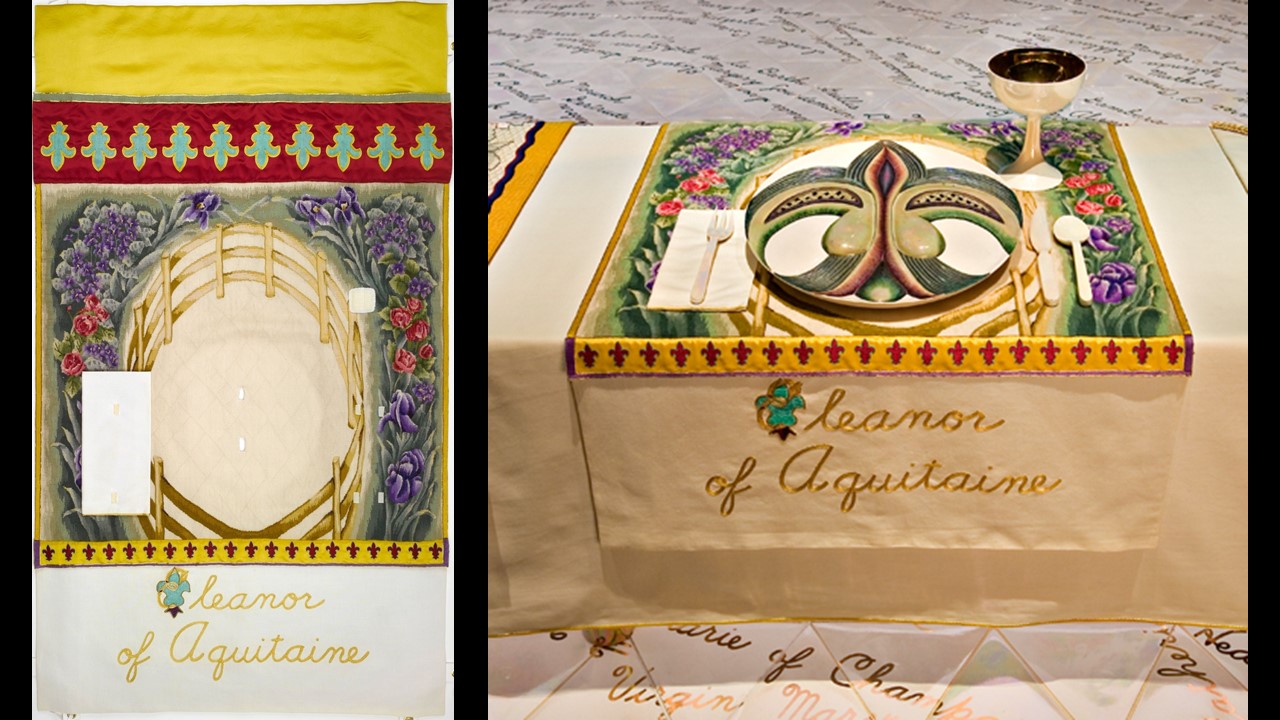
Imagine a gender-equal world. A world, free of bias, stereotypes, and discrimination. A world that’s diverse, equitable, and inclusive. A world where difference is valued and celebrated. Today, the 8th of March, many countries around the world celebrate International Women’s Day, a day when women are recognized for their achievements without regard to divisions, whether national, ethnic, linguistic, cultural, economic, or political. The United Nations page on Women’s Day reminds us how… the growing international women’s movement, which has been strengthened by four global United Nations women’s conferences, has helped make the commemoration a rallying point to build support for women’s rights and participation in the political and economic arenas. A BLOG POST on Eleanor of Aquitaine, one of the most celebrated political figures – male or female – in the Middle Ages, will be my humble contribution to the importance of the day. https://www.internationalwomensday.com/ and https://www.un.org/en/observances/womens-day/background
Admired for her intellect and physical beauty, an astute manager of her estates and finances, a renowned patron of the arts, considered to be the queen of troubadour poetry, Eleanor of Aquitaine, wife of two Kings, Louis VII of France (r. 1137-1180), and Henry II of England (r. 1154-1189), and mother of two other, Richard the Lionheart (r. 1189-1199), and John Lackland (r. 1199-1216), was a political force to reckon. As the Duchess of Aquitaine, Eleanor controlled much of southwestern France, making her one of the wealthiest, most powerful, and most sophisticated women of the Middle Ages.
In 1147 Eleanor took part in the Second Crusade along with her ladies-in-waiting, her ‘Amazones,’ and a combat unit of 300 non-noble Aquitainian vassals under the leadership of commander Geoffrey III of Rancon. As the Duchess of Aquitaine, she was the feudal leader of the soldiers from her duchy, and although she was accused of carrying a mile-long baggage train for adornments, and behaving, at times, as if she was attending a palace ball, the same people who criticized her, made clear she was admired, trusted, and respected by her troops.
I can only imagine how Eleonor must have felt when, during November of 1147, she arrived at the Gates of Constantinople… To the Byzantines, she stood out from the rest (her ‘Amazons’) as another Penthesilea, and from the embroidered gold which ran around the hem and fringes of her garment, was called Chrysópous (Goldfoot). Niketas Choniates, in his O City of Byzantium (Book 1 on Emperor Manuel Komnenos, page 35), singles her out, compares her to the mythical Queen of the Amazons, and compliments her on her style. https://www.academia.edu/36547117/O_City_of_Byzantium_Annals_of_Niketas_Choniates_Ttranslated_by_Harry_J_Magoulias_1984_pdf

Many years later, while married to Henry II of England, Benoît de Sainte-Maure, one of the poets patronized by Henry II and a member of the Queen’s literary circles in her court of Aquitaine, wrote for her… For this, truly, I fear to be blamed / by her who has so much kindness/ who has nobility, esteem and merit, / honesty, wisdom and honour, / goodness, temperance and cleanness, / noble generosity and beauty; / in whom the misfits of many ladies / are by her goodness extinguished; / In whom all science abounds, / and she is second to none / who may be in the world in any law. / The great lady of the great king, with no evil, wrath, or sadness, / may you always have joy” file:///C:/Users/aspil/Downloads/Dialnet-TheQueenOfTroubadoursGoesToEnglandEleanorOfAquitai-3867018.pdf page 28

The Dinner Party, Eleanor of Aquitaine place setting, 1974–79. Mixed media: ceramic, porcelain, textile, Brooklyn Museum, Gift of the Elizabeth A. Sackler Foundation, NY, USA https://www.brooklynmuseum.org/eascfa/dinner_party/place_settings/eleanor_of_aquitaine
The Dinner Party by Judy Chicago, a milestone in 20th-century feminist art, presents a ‘symbolic’ ceremonial banquet, arranged on a triangular table, for thirty-nine carefully chosen female guests, all of them exceptional and unique! Each guest is represented with a bespoke place setting, consisting of an intricately embroidered runner executed in a historically specific manner, a china-painted porcelain plate rendered in a style appropriate to the individual woman being honored, and a gold chalice and utensils. Eleanor of Aquitaine, independent, spirited, inquisitive, and resilient, is one of these thirty-nine women… and rightly so! https://www.brooklynmuseum.org/eascfa/dinner_party/place_settings/eleanor_of_aquitaine
For a Student Activity titled An Interview with Eleanor of Aquitaine, please… Check HERE!
For Student Activities inspired by Judy Chicago’s Dinner Party, please Check… http://s3.amazonaws.com/brooklynmuseum.org-public/education/docs/Dinner_Party_Edu_resources.pdf

The four tombs belong to Henry II of England (r. 1154-1189) and his wife Eleanor of Aquitaine (l. c. 1122-1204), Richard I of England (r. 1189-1199), and Isabella of Angoulême (c. 1186-1246), wife of King John of England (r. 1199-1216) https://en.wikipedia.org/wiki/Fontevraud_Abbey